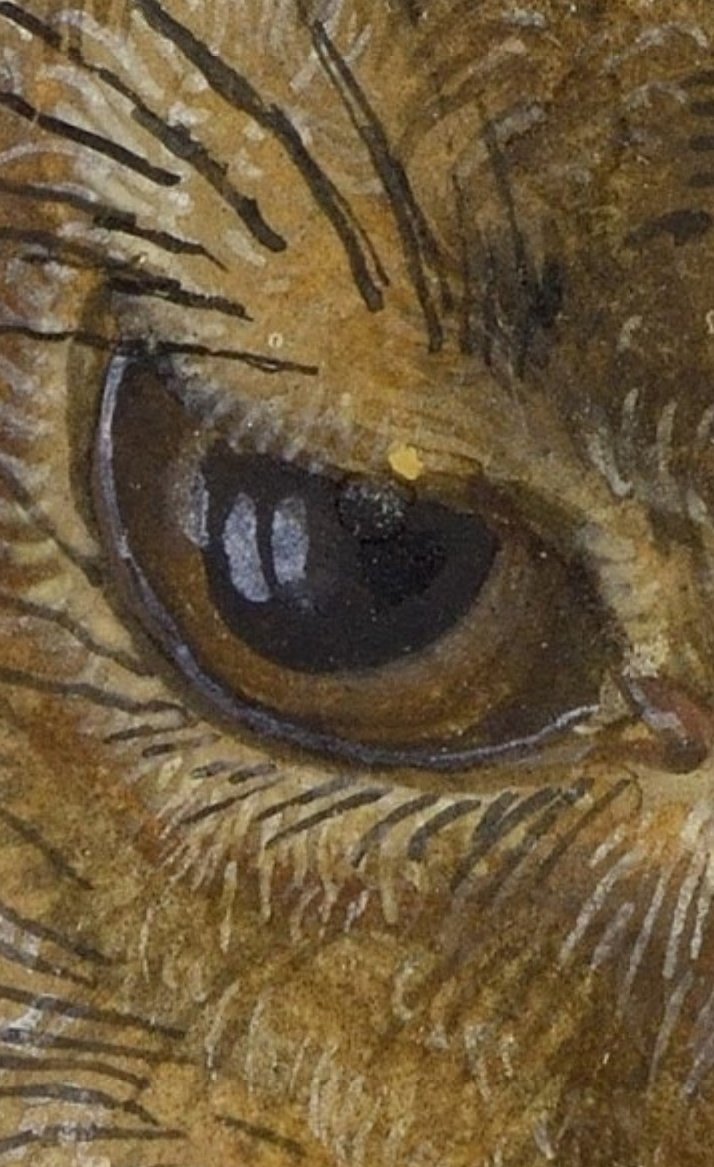Gespräche in der Dämmerung 00690
Parte de
C. (CC.) La religión [C. (CC.) Die Religion] / VII: La religión [VII. Die Religion] / A. La religión natural [A. Die natürliche Religion] / b. Las plantas y el animal [b. Die Pflanze und das Tier]
[Las plantas y el animal]
Tabla de contenidos
Gespräche in Jena
[690] In diesem Hasse reibt sich aber die Bestimmtheit des rein negativen Fürsichseins auf, und durch diese Bewegung des Begriffs tritt der Geist in eine andere Gestalt. Das aufgehobene Fürsichsein ist die Form des Gegenstandes, die durch das Selbst hervorgebracht oder die vielmehr das hervorgebrachte, sich aufreibende, d.h. zum Dinge werdende Selbst ist. Über die nur zerreißenden Tiergeister behält daher der Arbeitende die Oberhand, dessen Tun nicht nur negativ, sondern beruhigt und positiv ist. Das Bewußtsein des Geistes ist also nunmehr die Bewegung, die über das unmittelbare Ansichsein wie über das abstrakte Fürsichsein hinaus ist. Indem das Ansich zu einer Bestimmtheit durch den Gegensatz herabgesetzt ist, ist es nicht mehr die eigene Form des absoluten Geistes, sondern eine Wirklichkeit, die sein Bewußtsein sich entgegengesetzt als das gemeine Dasein vorfindet, sie aufhebt und ebenso nicht nur dies aufhebende Fürsichsein ist, sondern auch seine Vorstellung, das zur Form eines Gegenstandes herausgesetzte Fürsichsein, hervorbringt. Dies Hervorbringen ist jedoch noch nicht das vollkommene, sondern eine bedingte Tätigkeit und das Formieren eines Vorhandenen.
Conversaciones en Valencia
[690] Pero en este odio, la determinidad del ser-para-sí puramente negativo se gasta, desuella, y destruye, y mediante este movimiento del concepto el espíritu entra en otra forma o figura. El ser-para-sí suprimido y superado es la forma del objeto que es producida por el self, o que más bien es el self producido que se deja el pellejo, es decir, el self que (trabajando) se convierte en cosa [es decir, la Aufhebung del ser-para-sí se trueca en la propia forma del objeto que el self produce, o no es sino la propia forma del objeto que el self produce, recuérdese el cap. IV, A]. Así que sobre estos espíritus animales que no hacen sino deshacer y romper y hacer trizas [las cosas], mantiene su primacía el trabajador [es decir, sobre los espíritus animales deshacientes y rompientes mantienen su primacía los laborantes], cuyo hacer no es solamente negativo, sino que es un obrar aquietado y positivo. La conciencia del espíritu es, por tanto, de ahora en adelante el movimiento que va más allá o que queda más allá tanto del inmediato ser-en-sí como del abstracto ser-para-sí [que nada deja en pie y todo lo hace polvo]. En cuanto el en-sí queda rebajado a una determinidad mediante la contraposición, resulta que ese en-sí ya no es la forma propia del espíritu absoluto, sino que es una realidad que su conciencia [es decir, la conciencia del espíritu absoluto] se la encuentra contrapuesta ahí como una existencia común, y la suprime y supera, resultando no ser sólo ese ser-para-sí supresor y superador [es decir, que todo lo deshace], sino que también produce su propia representación, produce el ser-para-sí puesto ahí fuera [el ser-para-sí representado] convertido en forma de un objeto. Pero este suscitar y producir no es todavía el consumado, el perfecto, sino que es una actividad condicionada y un dar forma a algo que ya está ahí [a algo con lo que esa actividad se encuentra ya ahí].
Conversaciones en Madrid
[690] En este odio, empero, queda restregada y consumida la determinidad del ser-para-sí puramente negativo, y por este movimiento del concepto, el espíritu entra en otra figura. El ser-para-sí cancelado es la forma del objeto producida por el sí-mismo, o mejor dicho, el sí-mismo producido, que se consume y restriega, esto es, que llega a ser una cosa. Por eso, por encima de los espíritus animales que no hacen más que descuartizarse, sale ganando el que trabaja, aquel cuya actividad no es sólo negativa, sino que apacigua y es positiva. La conciencia del espíritu, entonces, es a partir de ahora el movimiento que va tanto más allá del ser-en-sí inmediato como más allá del ser-para-sí abstracto. Lo en-sí, al rebajarse, por la oposición, a una determinidad, ha dejado de ser la forma propia del espíritu absoluto, y es más bien una realidad efectiva que su conciencia se encuentra tal cual, contrapuesta sí como existencia común, y la cancela, y que, igualmente, no es sólo este ser-para-sí que cancela, sino que también produce su representación, el ser-para-sí expuesto como forma de un objeto. Este producir, sin embargo, no es todavía lo perfecto, sino una actividad condicionada y el darle forma a algo presente.
Conversations in Washington
[690] [690]1We kept the numeration given by the editor in the printed edition However, in this hatred, the determinateness of purely negative being-for-itself gradually wears itself out, and through this movement of the concept, spirit enters into another shape. The sublated being-for-itself is the form of the object, a form which is brought forth by the self, or which is the engendered self instead wearing itself out, i.e., the self as it becomes a thing. Hence, the laborer retains the upper hand over these animal spirits which are only tearing each other apart, the very laborer whose doing is not only negative but rather is a steady hand and is positive. Therefore, the consciousness of spirit is henceforth the movement that is above and beyond immediate being-in-itself as well as abstract being-for-itself. While the in-itself is, through opposition, debased into a determinateness, it is no longer absolute spirit’s own form; rather, the in-itself is an actuality which finds its consciousness opposed to itself as a common existence, and it then sublates that actuality; it is likewise not only this sublating consciousness but also its representation, which engenders being-for-itself laid out in the form of an object. Nonetheless, this bringing forth is not yet a consummate activity; rather, it is a conditioned activity and is the forming of what is present at hand.
Conversaciones en el Atrium
EN CONSTRVCCION

EN CONSTRVCCION
